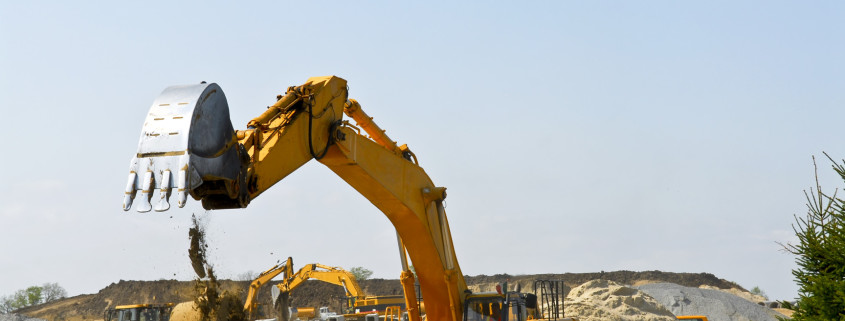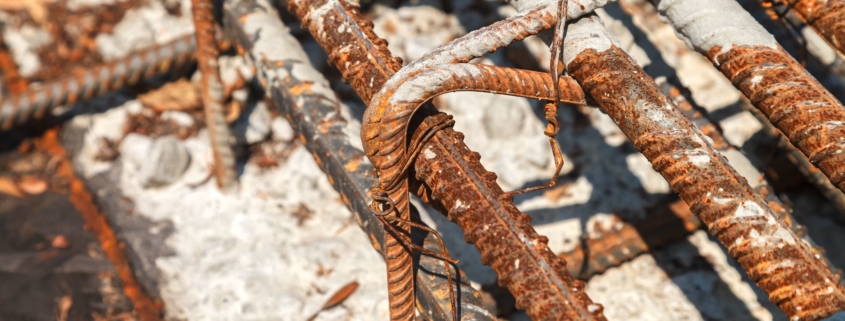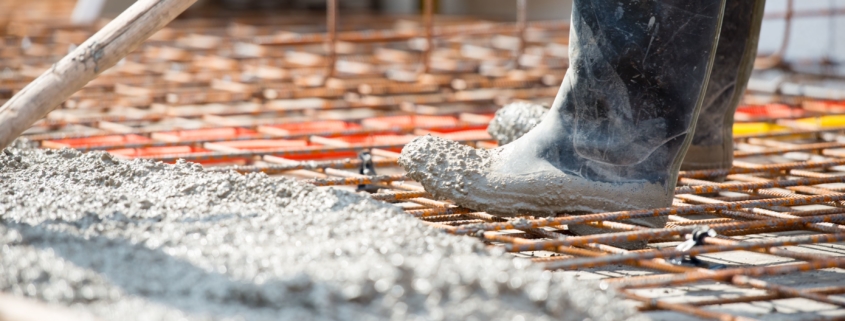While it may not come as a surprise to know that a strong foundation is the most important part of the house, most people may not know exactly why. It’s definitely responsible for supporting the entire weight of your home, but there are other factors that can affect the durability of your foundation, like the type.
There are plenty of things to consider when setting up the foundation of your house. Where is it located? Is it near a body of water or a swampy area? What kind of soil is in the area? Arming yourself with this knowledge will help you pick the right foundation for your house, which will eliminate future stress and headaches.
Here are some of the different types of foundation you’ll want to consider for your house:
Strip Foundation
This type of foundation is used in swampy areas. It’s specially designed to provide a strong and sturdy foundation while giving way to flowing water from the swamp so that it does not rise up. Strip foundation is made of a mix of concrete, cement, and aggregate, as this combination of materials is proven to be effective in a waterlogged environment.
When setting up this type of foundation, a substance called a damp proof membrane must be applied on top of the aggregate. This prevents the passage of water into the concrete, keeping the house dry.
Slab-on-Grade Foundation
This type of foundation makes use of a slab or a single layer of concrete that is several inches thick. This is usually placed on top of crushed gravel to help transfer the house’s weight onto the soil. This is most suitable in areas of warmer temperatures, or where the ground doesn’t freeze. The edges of the slab are thicker to make an integral footing, which is further supported by rods. This can be used in areas with clay soil.
Drilled Pier Foundation
Similar to the slab-on-grade foundation, the drilled pier foundation is best used in areas with clay or sandy soils. As these soils are soft and loose, a robust foundation made of concrete, cement, and aggregate is needed to give optimal support to a house. This type of foundation provides the strength needed when supporting a structure in clay soil, as they are installed deep into the soil where it is drier in order to provide more stability.
Raft Foundation
Also known as a mat foundation, this is a long, continuous slab that stretches over the entire base of the house. It supports the building while also shifting the burden of the weight to the ground. This type of foundation is typically used in areas where the soil is weak. It’s also used for those who would prefer to have basements in their house. That’s because this type of foundation is created by excavating soil several feet below ground level in order to reach stronger and more compact soil.
Bottom line
It’s important to choose the right type of foundation for your house. Otherwise, it might cause problems that lead to foundation failures like cracks that will compromise the structural integrity of your house. Having the right foundation will not only help you save money from foundation repairs, but it will also help shield your house from natural disasters and also help make your house earthquake-proof.
Red Robin Masonry is a masonry company in Toronto, Canada. We specialize in home restoration and masonry services to make sure your structures are robust and well-maintained. Have some questions about your house’s foundation? Get in touch with us today and we’ll see how we can help!



